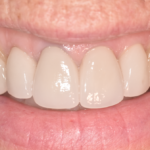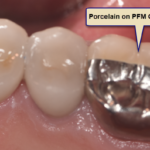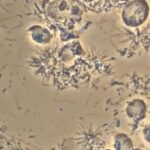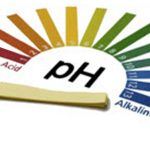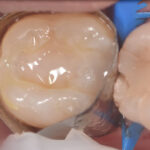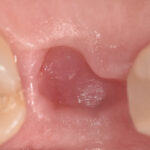Conservation of ocean water requires renewed focus on the trash, bacteria and toxic chemicals that not only impact people but also threaten ocean wildlife: sea turtles, otters and sea birds. According to the United Nations Environmental Programme, a million seabirds and 100,000 marine mammals and sea turtles are killed every year. About 90% of all the trash in the ocean is thought to be plastic.
In 2006, the UN Environmental Programme estimated that every square mile of ocean contains 46,000 pieces of plastic. In the Pacific Ocean between California and Japan, there is a place where the currents collect plastic debris; about 80% of the trash comes from land and the remainder from ships. It’s estimated that this area, known as the Pacific Garbage Patch, may be twice the size of Texas.
Plastic particles have also been found inside of zooplankton, mussels and barnacles. The concern is that these pellets and the toxins they attract like DDT and PCB’s are working their way up through the marine food chain and into the fish on our plates.
The other culprit in making fish less safe to eat is mercury. The earth releases one third of the mercury in the environment from its core and in groundwater. The remaining two thirds comes from people, in the form of consumer waste like fluorescent bulbs, thermometers and from medical vaccines. By-products of coal-burning, mining, industry, dentistry and medicine release mercury into the air and the water. Leaks from offshore drilling and sewage also endanger marine habitats.
Once released, inorganic mercury is converted to methyl-mercury by microorganisms on land and in the water. Through a process called bio-accumulation, mercury works its way up the food chain so that larger, predatory fish like tuna, swordfish and sharks have the highest mercury levels.
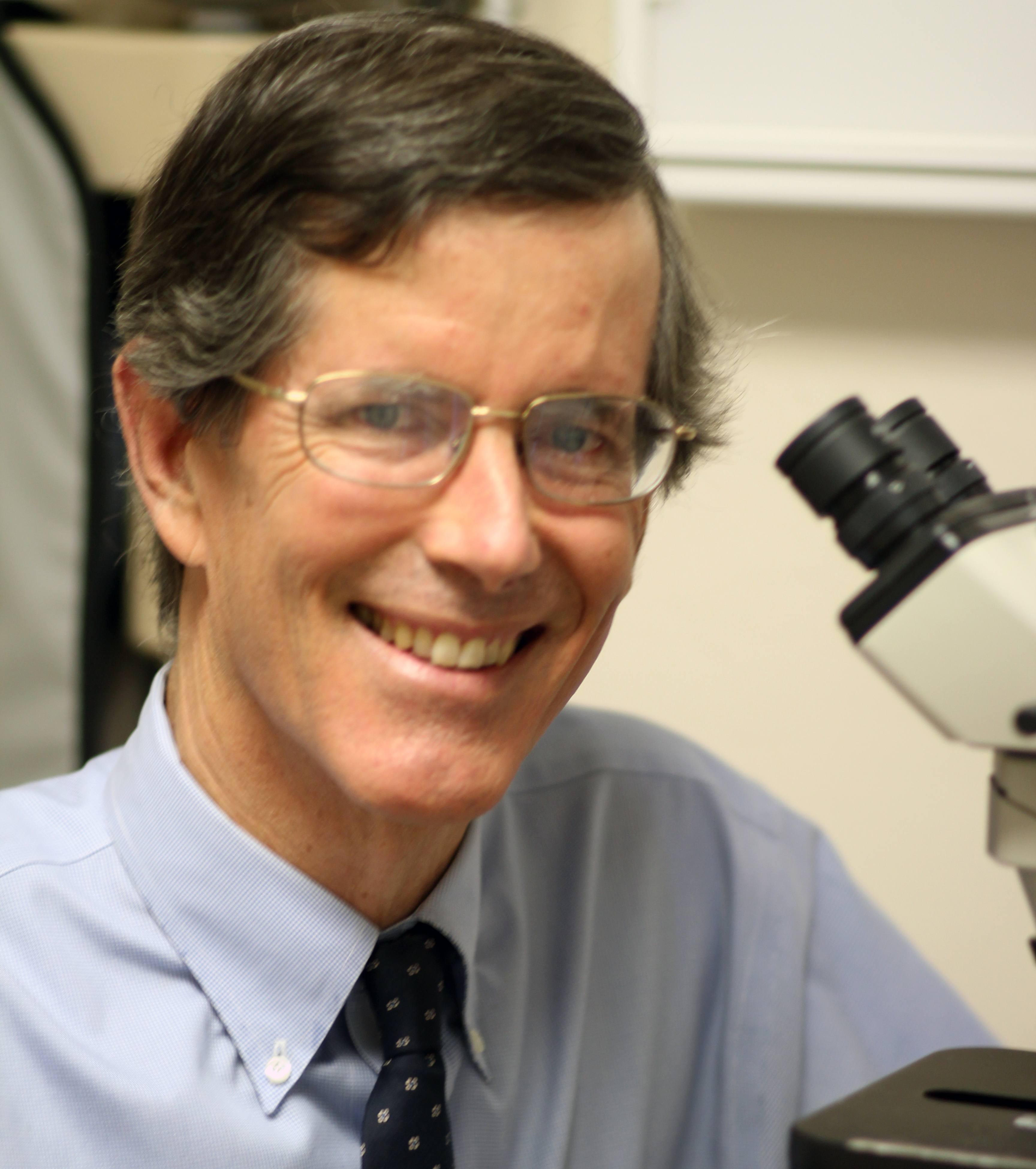
Carey O’Rielly DDS has been a practicing dentist for 35 years. He went to USC Dental School and Duke University for his undergraduate degree. He grew up in Laguna Beach and now lives in La Costa with his wife Victoria, who runs his office.
He began his career by owning and operating a network of six offices in the San Francisco Bay Area. Presently he owns a private holistic practice in North County San Diego’s Encinitas.
Dr. O started looking for solutions to his health challenges that resulted from the stress and environmental toxicity that built up over a ten year period running his dental network. He has dedicated himself to learning about oral systemic problems and how dentistry can affect your health. He has applied what he has learned over the last twenty years to ensure he, his staff and his patients are protected from the chemicals and toxic materials found in most dental offices. He has produced an environmentally friendly office that is also peaceful and calm.
He is an expert on dental materials having looked at hundreds of biocompatibility lab tests over the years. He has identified the most bio-friendly materials to use in his practice and which dental materials can be used to replace metal fillings and crowns, including BPA free and fluoride free ‘white’ fillings. He also uses metal-free Zirconia or ceramic implants and PRF (platelet-rich fibrin) grafting materials which come from the patient’s own blood.
Dr. O’Rielly teaches C.E. courses on the systemic effects of gum disease. He is an expert in using phase contrast microscopy for analyzing dental infections, where he shows patients what kind of microbes, i.e. bacteria, amoeba, and yeasts like candida are populating the mouth and affecting the body as a whole.
He has an educational blog and is writing a book on dental health called ‘Hidden Dental Infections: Healing Root Canals and Infected Teeth with the Erbium Laser’ where he discusses dental nutrition, toxic dental materials and the effects of old root canals on inflammation and overall health.

